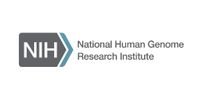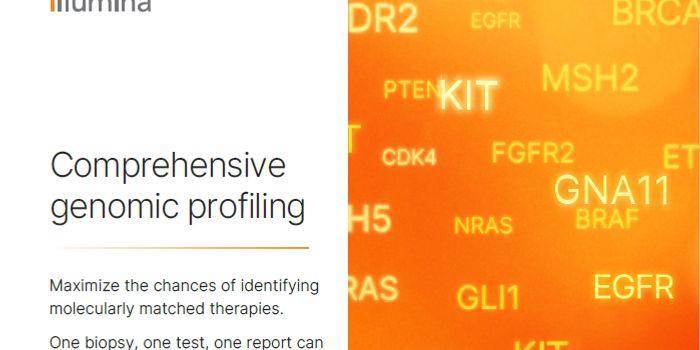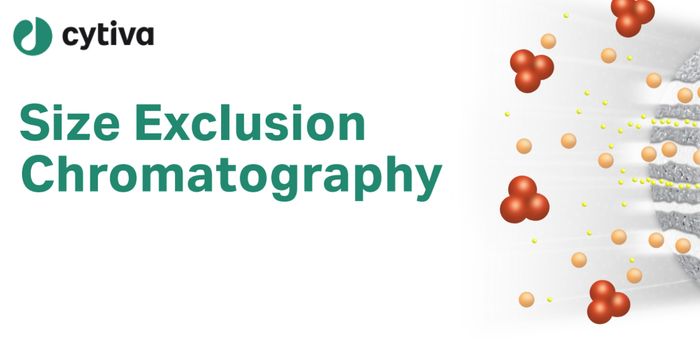New Diabetes Gene Revealed by Large Study of African Populations
While we all carry more or less the same genes, tiny differences in the sequences of those genes can have major ramifications. Genome-wide association studies (GWAS) help researchers identify the variations in gene sequences that have an impact on a trait, like a susceptibility to disease. Most GWAS that have been performed have focused on populations with European ancestry while ignoring others, and as such, there is a dearth of information when it comes to some groups, like Africans. Geneticists are aware of the problem (discussed in the video below) and have been working for some time to expand what we know about the genetics of these underserved populations.
“Africa is the original cradle of all humanity, to which all humans can trace their genetic origin,” said study co-author Francis S. Collins, M.D., Ph.D., a senior investigator with the National Human Genome Research Institute (NHGRI) Medical Genomics and Metabolic Genetics Branch. “Thus, studying the genomes of Africans offers important opportunities to understand genetic variation across all human populations.”
A study recently published in Nature Communications by researchers at the National Institutes of Health and the University of Maryland, Baltimore (full disclosure: I am one of the study authors), is the largest type 2 diabetes (T2D) GWAS study done with a sub-Saharan African population. After assessing data from 5,231 people in Ghana, Nigeria, and Kenya, the team identified variations in several genes that are linked to diabetes. The report focused on one of those genes, called ZRANB3. While the researchers had learned that the gene is connected to diabetes, they want to know more about how.
“In the early days of large-scale genomic studies, we did not know the effect of genes we found through our statistical tests,” explained study first author Dr. Adebowale Adeyemo, NHGRI researcher. “But with the availability of new genomic tools, our next step was to ask: What does ZRANB3 do? How does it confer risk for T2D, and by what mechanisms does it act? That is the knowledge that will help the results become actionable for patients.”
The scientists studied the impact of the ZRANB3 gene in zebrafish. Since zebrafish are transparent, they can be observed throughout development. A transgenic model was used in this study, in which the beta cells in the zebrafish pancreas glow red. The beta cells produce insulin, which is a molecule that helps control the level of glucose in the blood. I created a ZRANB3 knockout in this model using the CRISPR/Cas9 gene-editing system that targeted the ZRANB3 zebrafish gene and we watched the effects.
Confocal microscopy revealed that when ZRANB3 was down-regulated in fish, it reduced the number of beta cells in their pancreas. These results were confirmed in mouse cells growing in culture.
While this study has revealed more about a genetic variation likely to be found in Africans, the variant might also be carried by people in other groups as well. It can also help us understand more about the genetics underlying a complex disorder like diabetes, which is more likely to arise in some people that carry certain genetic variations. We may also be able to one day predict who will probably develop certain diseases based on the genetic variations they have.
“The findings of this study further demonstrate why it is important to study all human populations. By doing so, we have the opportunity to make novel discoveries that will not only help the specific population but also people all around the globe,” said study senior author Dr. Charles Rotimi. “The biology then becomes generalizable, and that much more impactful.”
Learn more about GWAS from the video.
Sources: NHGRI, Nature Communications










